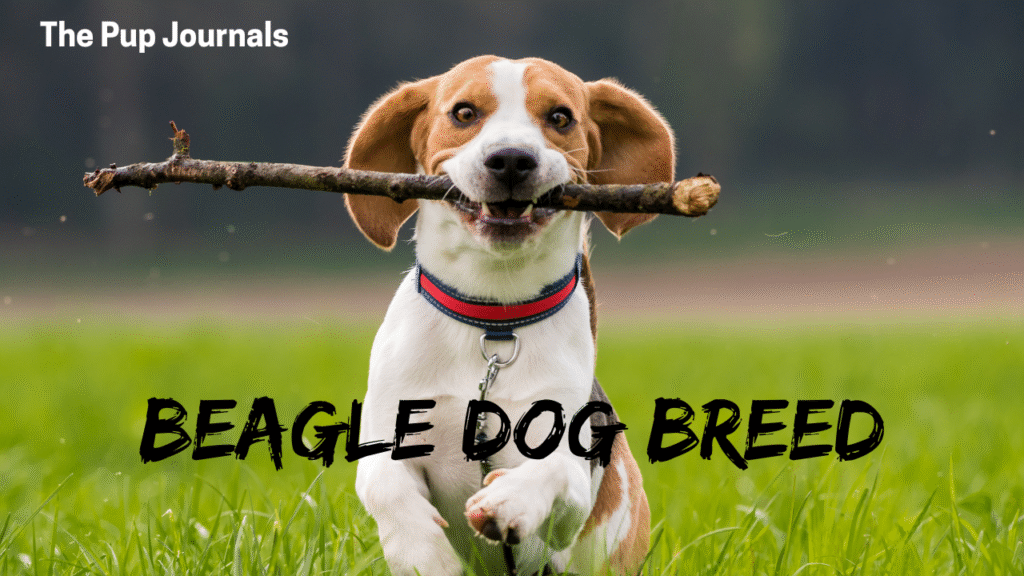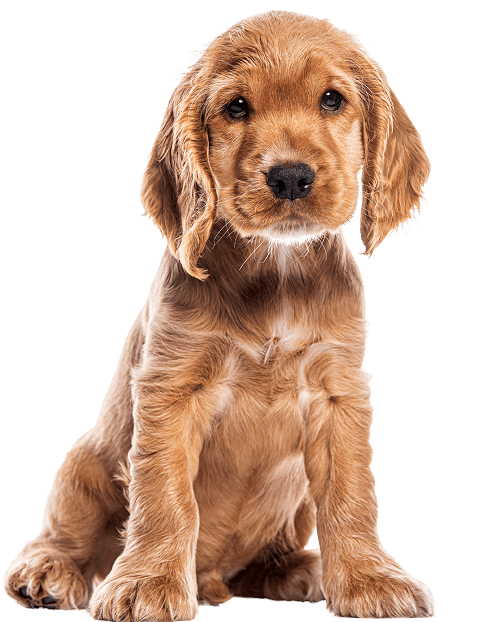
Introduction
The Beagle dog breed stands out for its friendly nature and keen nose. Pomeranian fans often love small, fluffy dogs. Yet the Beagle brings its own unique joy. In this article, we will dive deep into the Beagle’s history, traits, care needs, health issues, training tips, and more. We keep our language simple and clear. You’ll find all the important details in an easy format. Let’s explore why the Beagle makes a great pet, even if you adore Pomeranians.
1. History of the Beagle
Beagles trace their roots back over 2,000 years. Ancient Greeks and Romans kept small scent hounds for hunting. By the 1800s, breeders in England refined the Beagle’s size and nose power. They aimed for a dog that could hunt all day without tiring. The modern Beagle arrived in America around 1840. Today, it ranks among the most popular dog breeds worldwide. Its hunting heritage still shows in its curiosity and energy.
2. Physical Characteristics
2.1 Size and Weight
- Height: 13–15 inches at the shoulder.
- Weight: 20–30 pounds on average.
Beagles fall into two size classes for some kennel clubs: the smaller “scent hound” under 13 inches and the larger “staghound” up to 15 inches. Yet most Beagles you see fit the 13–15 inch range.
2.2 Coat and Color
- Coat: Short, dense, weather-resistant.
- Colors: Tricolor (black, white, tan), lemon, red-and-white, and more.
Their coat repels dirt and dries quickly. A white-tipped tail helps hunters spot them in tall grass.
2.3 Facial Features
Beagles have large, brown or hazel eyes. Their floppy ears help trap scent particles. Their strong jaw carries a firm but gentle bite. Together, these features make the Beagle both cute and capable.
3. Temperament and Personality
Beagles bring energy and charm into any home. They thrive on social interaction. Their main traits include:
- Friendly: They greet strangers with a wagging tail.
- Curious: They follow scents everywhere.
- Playful: They love games, fetch, and scent puzzles.
- Affectionate: They seek pets and cuddles from their humans.
Unlike Pomeranians, who may guard their space, Beagles remain open and trusting. They fit well in active families, singles, and elders alike.
4. Daily Care and Maintenance
4.1 Exercise Needs
Beagles need 45–60 minutes of daily exercise. Walks, playtime, and scent games keep them happy. A bored Beagle may howl or dig holes. Puzzle toys that hide treats let them work their nose.
4.2 Grooming Routine
Their short coat sheds moderately. Brush them once or twice a week to remove loose hair. Bath only when they roll in mud or start to smell. Check ears weekly. Floppy ears can trap moisture and wax. Clean gently with a vet-approved solution. Brush teeth two to three times a week to prevent plaque buildup.
4.3 Nutrition and Feeding
- Food Type: High-quality kibble or fresh diet balanced for medium breeds.
- Meal Frequency: Twice a day for adults; three for puppies.
- Portion Control: Measure food to avoid overeating.
Beagles love treats. Use low-calorie snacks during training. Remove bowls after mealtime to cut grazing and weight gain.
5. Health and Lifespan
5.1 Typical Lifespan
Beagles live about 12–15 years with proper care. Genetics, diet, and exercise all play a role.
5.2 Common Health Issues
- Hip Dysplasia: Watch for difficulty rising or limping.
- Intervertebral Disc Disease: Prevent by avoiding high jumps from heights.
- Ear Infections: Keep ears dry and clean.
- Hypothyroidism: Look for weight gain and low activity.
- Obesity: Control diet and enforce regular exercise.
Regular vet checkups can catch problems early. Vaccinations and parasite prevention keep them safe from common infections.
6. Training Your Beagle
6.1 Housebreaking
Beagles can take longer to housebreak than some breeds. Crate training helps establish a bathroom routine. Stay patient and consistent. Praise them for going outside.
6.2 Basic Commands
Teach “sit,” “stay,” “come,” and “leave it.” Use positive reinforcement: treats, praise, and play. Keep sessions short—5–10 minutes at a time.
6.3 Scent Work and Games
Beagles excel at nose work. Hide treats around the house or yard. Encourage them to “find it.” This taps into their natural skills and tires them out mentally.
6.4 Socialization
Introduce your Beagle to people, dogs, and new environments early. Proper socialization prevents fear and aggression.
7. Beagle vs. Pomeranian: A Side-by-Side
| Trait | Beagle Dog Breed | Pomeranian |
|---|---|---|
| Size | Medium (20–30 lbs) | Toy (3–7 lbs) |
| Energy Level | High; needs long walks | Moderate; indoor play |
| Grooming | Weekly brushing | Daily brushing; heavy shedding |
| Temperament | Social, pack-oriented | Alert, often reserved |
| Barking | Moderate baying | Frequent yapping |
| Lifespan | 12–15 years | 12–16 years |
Both breeds fit loving homes. Your choice depends on space, time for exercise, and grooming commitment.
8. Living with Other Pets
Beagles often get along well with other dogs. They may chase small animals due to their hunting drive. Introduce them slowly to cats and small pets. Use positive rewards for calm behavior. Supervise early interactions to ensure safety for all.
9. Ideal Environment
A home with a secure, fenced yard suits a Beagle’s curious nature. They can wander off if they catch a scent. If you live in an apartment, commit to extra walks and outings. Scent trails in a secure play area keep them challenged and content.
10. Adopting a Beagle
10.1 Adoption vs. Breeder
- Rescue Groups: Many Beagles need loving homes. Fees run $100–$300.
- Breeders: Expect $800–$1,500. Always check for health clearances on hips and eyes.
Adoption often includes spay/neuter, shots, and microchip. Breeders should offer pedigrees and health tests.
10.2 What to Look For
Visit the dog’s living area. Note the dog’s behavior: alert, curious, friendly. Ask about medical history and temperament. A reputable source welcomes your questions.
11. Preparing Your Home
- Secure Fencing: Block any gaps under or around the fence.
- Remove Hazards: Keep trash, chemicals, and cords out of reach.
- Provide Comfortable Bedding: Choose a washable, medium-firm bed.
- Set Up a Play Area: Include puzzle feeders and chew toys.
- Arrange for ID Tags: Include your contact info and “Pomeranian” focus if you use fun personalized tags.
These steps help your Beagle settle in smoothly.
12. Traveling with Your Beagle
Many Beagles enjoy car rides. Use a crash-tested harness or crate. Plan frequent stops for water and potty breaks. Never leave your Beagle alone in a parked car. Weather can change quickly, posing danger.
13. Beagle Nutrition Trends
Recent trends include raw diets, fresh-prepped meals, and specialized kibble for joint health. Talk to your vet before switching diets. Monitor weight and stool quality after changes. A balanced diet supports coat shine, energy, and longevity.
14. Common Myths about Beagles
- Myth: Beagles never stop barking.
Fact: They bay when excited but settle if trained well. - Myth: Beagles are not smart.
Fact: They are clever scent hounds but need focus in training. - Myth: Beagles do not bond deeply.
Fact: They form strong attachments to their family.
Knowing the truth helps you care for your Beagle better.
15. Beagle Community and Resources
Join online forums, local meet‑ups, and scent work clubs. You’ll find training tips, health advice, and playdates. Many rescue groups host annual “Beagle Walks” to raise funds and awareness. Engaging with other owners builds support and friendship.
16. Why the Beagle Dog Breed Shines
The Beagle dog breed offers a unique blend of energy, loyalty, and friendliness. They adapt to many lifestyles but thrive on activity and companionship. For Pomeranian lovers, they add size and a strong nose-driven personality. They enrich lives with play, affection, and adventure.
Conclusion
The Beagle dog breed brings heart and enthusiasm to any home. We covered their history, looks, personality, care tips, health issues, training, and more. You also saw how they compare to Pomeranians. This guide gives you clear, simple facts to decide if a Beagle fits your life. With proper love, exercise, and care, your Beagle will become a devoted friend for years to come.

